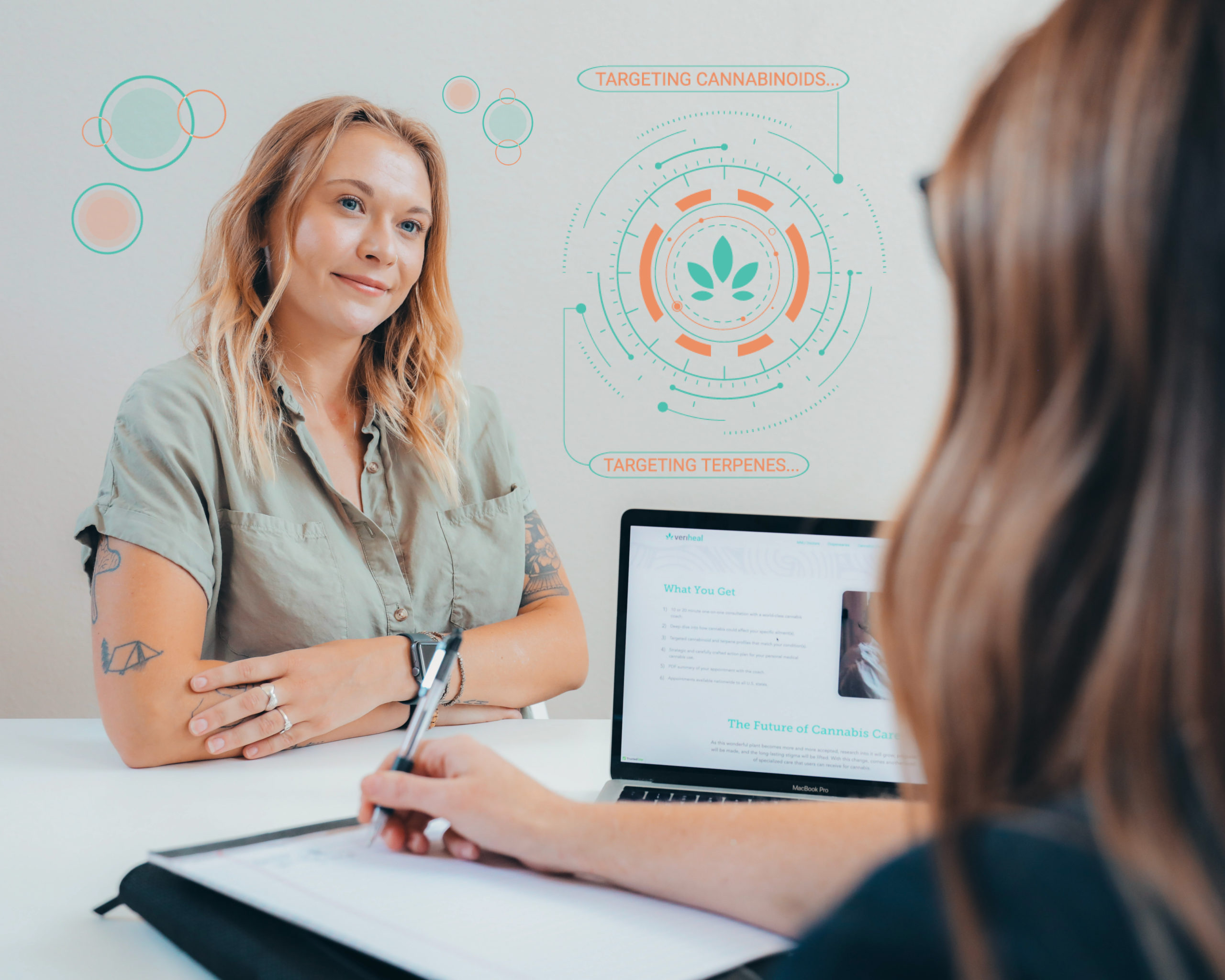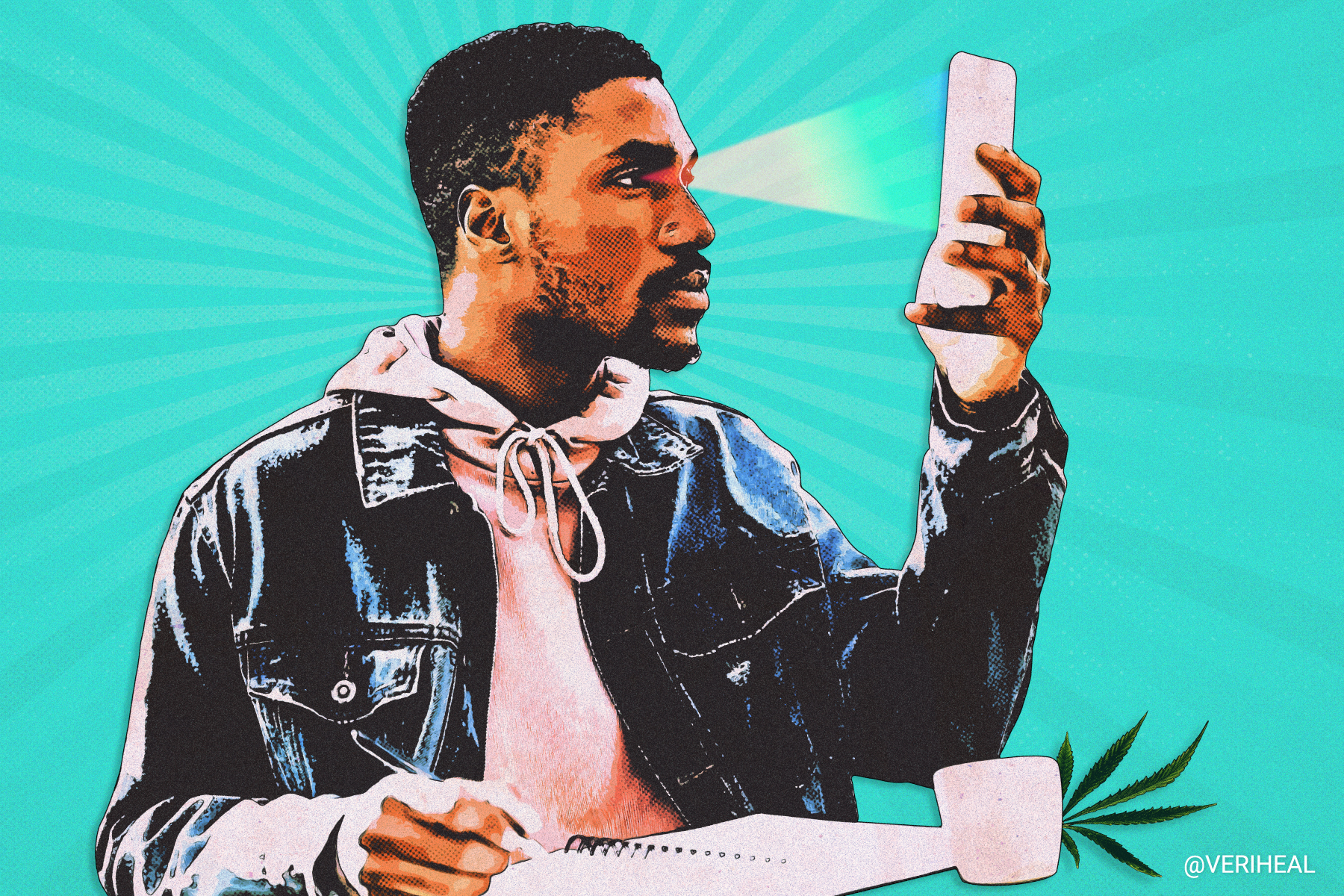A recent study suggests that secondhand cannabis smoke has “several hundred toxic chemicals, carcinogens and fine particulate matter (PM2.5), many at higher concentrations than tobacco smoke.” The study claims to be the first to measure PM2.5 levels from social bong smoking. However, there are some issues with the study that are causing concern over its validity and reliability. Let’s have a look.
The Dangers of Smoking
The research team categorized the harms associated with smoking into three classifications: PM2.5, carcinogens, and toxic chemicals. Before we dive into the study itself, it’s important to understand these categories.
What Is PM2.5?
Fine particulate matter, or PM2.5, is described as “an air pollutant that is a concern for people’s health when levels in the air are high.” The New York State Department of Health explains that PM2.5 causes reduced visibility and makes the air look hazy. The danger of exposure to fine particulate matter lies in the fact that these particles are able to “travel deeply into the respiratory tract, reaching the lungs,” which can then cause lung irritation, coughing, sneezing, shortness of breath, worsening lung function, and even worsening conditions such as asthma and heart disease. PM2.5 can be found outside and indoors through the likes of exhausts, forest fires, tobacco smoking, burning candles, etc.
What Are Carcinogens?
Carcinogens are substances that can cause cancer and can be found in a host of places, from the air to foods and even products you use. WebMD explains that substances undergo various testing and research in order to determine whether they should be classified as carcinogens. WebMD also explains that there are at least 70 chemicals in tobacco smoke that are known to cause cancer, making it one of the most common and potent carcinogens.
What Are the Toxic Chemicals Associated With Smoking?
The American Cancer Society explains that some of the toxic chemicals found in tobacco smoke include nicotine, hydrogen cyanide, formaldehyde, lead, arsenic, ammonia, radioactive elements such as polonium-210, benzene carbon monoxide, tobacco-specific nitrosamines (TSNAs), and polycyclic aromatic hydrocarbons (PAHs). Most of these toxic chemicals have been associated with causing cancer, but it is important to recognize that most of these toxins are the result of burning tobacco leaves as opposed to being contained within the leaves before combustion.

The Study
Now that you have a better understanding of the three classifications of harm associated with smoking used in the study, let’s have a look at the study’s methods that ultimately led to the conclusion that cannabis is associated with higher levels of carcinogens, toxic chemicals, and PM2.5 than tobacco. The study was published in the JAMA Network Open on March 30, 2022, and was conducted by Patton Khuu Nguyen and S. Katharine Hammond from the University of California.
The study begins by explaining that one minute of secondhand cannabis smoke (SHCS) can cause endothelial dysfunction in rats, like secondhand tobacco smoke (SHTS). Endothelial dysfunction is described as “a type of non-obstructive coronary artery disease (CAD) in which there are no heart artery blockages, but the large blood vessels on the heart’s surface constrict (narrow) instead of dilating (opening).” The researchers found that smoking cannabis in bongs significantly increased PM2.5 by 100-fold to 1000-fold for 6 to 8 sessions and that cannabis bong smoking “in the home generated 4 times greater PM2.5 concentrations than cigarette or tobacco hookah (waterpipe) smoking.”
In order to get to those findings, the researchers measured the levels of PM2.5 before, during, and after cannabis social-smoking sessions in one household living room, but it was deemed “not human participants research.” Since this study did not involve interaction or intervention with living individuals, the University of California waived the review. The researchers made use of an aerosol monitor and the Strengthening the Reporting of Observational Studies in Epidemiology (STROBE) reporting guidelines in order to assess the statistical difference between PM2.5 concentrations before and during smoking.
Sarah Cuschieri explains that the STROBE guidelines were created as a means of aiding authors to ensure the high-quality presentation of the conducted observational study. Cuschieri goes on to explain that this guideline consists of 22 checklist items that the author needs to fulfill before submitting the manuscript to a journal. Cuschieri clarifies its purpose by stating that it does “not act as a validation tool for the conducted study or as a framework to conduct an observational study on.”
Further Results
The researchers explain that they measured fine particulate matter in the small living room by assessing the amount of PM2.5 contractions against the background levels (conditions existing before smoking began). Their recorded measurements of PM2.5 contractions are as follows:
- During the first 10 minutes of smoking, mean PM2.5 concentrations increased to 410 (220) μg/m3; after 15 minutes to 570 (290) μg/m3; after 30 minutes to 1000 (320) μg/m3; and went as high as 2500 μg/m3 in one session.
- The concentration during smoking increased to a mean of 1300 (280) μg/m3.
- During 2-hour smoking sessions, the mean 5-minute peak PM2.5 concentration was 1700 (460) μg/m3 and remained half that 90 minutes after smoking ceased.
- Each half-hour after smoking ceased, mean concentration declined to 78% of peak value, then 60%, then 40%, and, after 110 minutes, 31%. In the one session monitored for 12 hours after smoking stopped, PM2.5 remained elevated at 50 μg/m3, more than 10 times the background concentration.
After stating these results, the researchers then went on to make their claims about cannabis having produced four times greater PM2.5 contractions than tobacco (cigarettes and hookah) based on the findings of PM2.5 contractions for tobacco from other researchers (Shearston et al. and Acevedo-Bolton et al.).
Discussion and Conclusion
Compared to the background levels, the PM2.5 contractions were “greatly increased” and those concentrations only dissipated gradually after smoking had ceased. The researchers stated that after 15 minutes of bong smoking, the PM2.5 contractions were “more than twice the US Environmental Protection Agency (EPA) hazardous air quality threshold” of less than 250 μg/m3. They also go on to compare the mean daily PM2.5 contractions in different settings, including a PM2.5 contraction of 200 μg/m3 for cannabis-smoking homes, 44 μg/m3 for cigarette-smoking homes, and 15 μg/m3 for nonsmoking homes.
A notable fact is that the study did not directly observe the cannabis smoking sessions, but the team stated that its “measurements were made during actual social bong smoking sessions without artificial constraints.” The study makes a strong concluding statement, which says that “this cohort study suggests that, contrary to popular beliefs, bong smoking is not safe.” They acknowledge that secondhand smoke poses health risks and that nonsmokers are exposed to greater concentrations of SHCS during “hotboxing.” The researchers suggest that SHCS “in the home is not safe and that public perceptions of SHCS safety must be addressed.”
The Concerns and Rebuttal
While we agree that secondhand smoke has health risks, particularly for those who do not smoke anything at all, there are some aspects of this study that make us wonder whether their efforts accurately reflect their findings and conclusions. In order to get a better understanding of our concern, consider the following points.
The Participants
The study was deemed “not human participants research” and did not directly observe the cannabis smoking sessions. So, besides using an aerosol monitor, how did they get participants to smoke in a room? How many participants were in the room at the same time or at any given point in time? Did the study take into consideration how much the participants consumed through the bongs and how often?
While they did not directly work with humans to conduct the study, it is necessary to consider the number of people who are smoking in a single session since each person’s bong hit would contribute to the amount of smoke in the room. Besides the fact that they did not interact with the participants directly, we know nothing else about them—which creates a limitation in terms of the impact it has on the amount of smoke in the room. For example, two people in one smoking session would produce significantly less smoke (and therefore less SHCS) than six people in one smoking session.
The Room
The researchers explain that they assessed the social bong-smoking sessions in a 20-m2 living room—but there are variables that could significantly impact the concentrations of toxic chemicals, carcinogens, and fine particulate matter. Even if the participants were left alone, the researchers should have accounted for the type and amount of ventilation. Were there windows? If so, how many, and were they open or closed? The only time cannabis smokers would cut off any ventilation would be when they are purposefully trying to hotbox a room. While the researchers mentioned hot-box smoke presenting more of a risk, they made no indication of whether that was the condition they were assessing the room under.
Additionally, a 20-m2 living room is very small in comparison to the average living room size of 30.65-m2 in America. So, besides the fact that they did not mention the extent of ventilation and the number of bong smokers in one session at the same time, the study still could not compare the PM2.5 contractions of the small living room to the houses of tobacco smokers and non-smokers; that’s like comparing a grape to apples and oranges.
To further the point of ventilation, another study made use of hotboxing to see if contact highs were real. They found that when there was no ventilation, the nonsmokers in the room presented with traces of cannabis in their system. They then conducted the same experiment with a different group but introduced ventilation and found that the nonsmokers did not present with any traces of cannabis.
Representation
The study assessed “2-hour smoking sessions,” but it is still unclear how many bong hits were taken within that span of time. For example, two people having two hits each in the space of two hours in a room with no ventilation would definitely have a significant amount of secondhand smoke. But six people in the room having two bong hits each in the space of two hours with no ventilation would have drastically more secondhand smoke. If the objective of the study was to assess the risks of secondhand smoke from bongs in social situations, the study did a poor job of representing all the aspects of a social situation.
Besides having people smoke bongs in a small living room, we do not know what the social aspects were. For many, smoking other vices such as cigarettes and hookahs are common practices between bong hits, and the study did not control for or mention such. This makes us wonder whether the participants in the study lit up a cigarette too.
In my experience, when we smoke bongs in a social situation, we are usually on the patio watching the sunset or seated on the couch to watch a movie. The cannabis-consuming population cannot be limited to the stereotype of stoners in a stuffy and smoky room. The only accurate social representation I found in this study was the fact that hotboxing is a common social bong practice— which is riskier—but is definitely not representative of how a typical person would use a bong for therapeutic purposes.
Does the Data Justify the Conclusions?
The conclusions of this study include the fact that secondhand smoke of cannabis is more carcinogenic, or toxic, than that of tobacco and that smoking bongs is not safe. However, the researchers’ data is lacking a considerable amount of variables that could alter the results of how much PM2.5 contractions are being released into the room, for example. In order to make such strong conclusions, there cannot be gaps in data left unaccounted for. Considering the number of variables unaccounted for, and the huge role ventilation plays, we do not think the data justifies the conclusions.
Secondhand cannabis smoke, or even just secondhand smoke in general, does pose a risk to health, including to those in your surroundings who do not smoke. However, with proper ventilation, the risk of affecting someone else in the room with secondhand smoke is significantly reduced. Bongs enable consumers to get the most out of a small amount of cannabis, which makes them effective and cost-efficient.
While we commend the hard work of the researchers in this study, we stand by the fact that strong conclusions and statements need to be supported with all the facts and account for as many variables as possible—especially when one of those variables could entirely change findings.
Author, Share & Comments

















